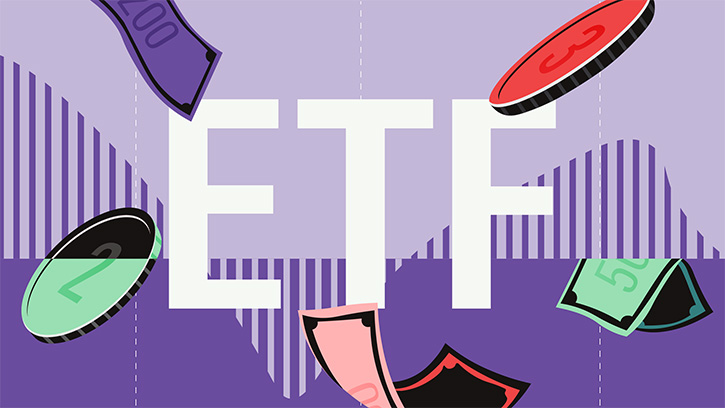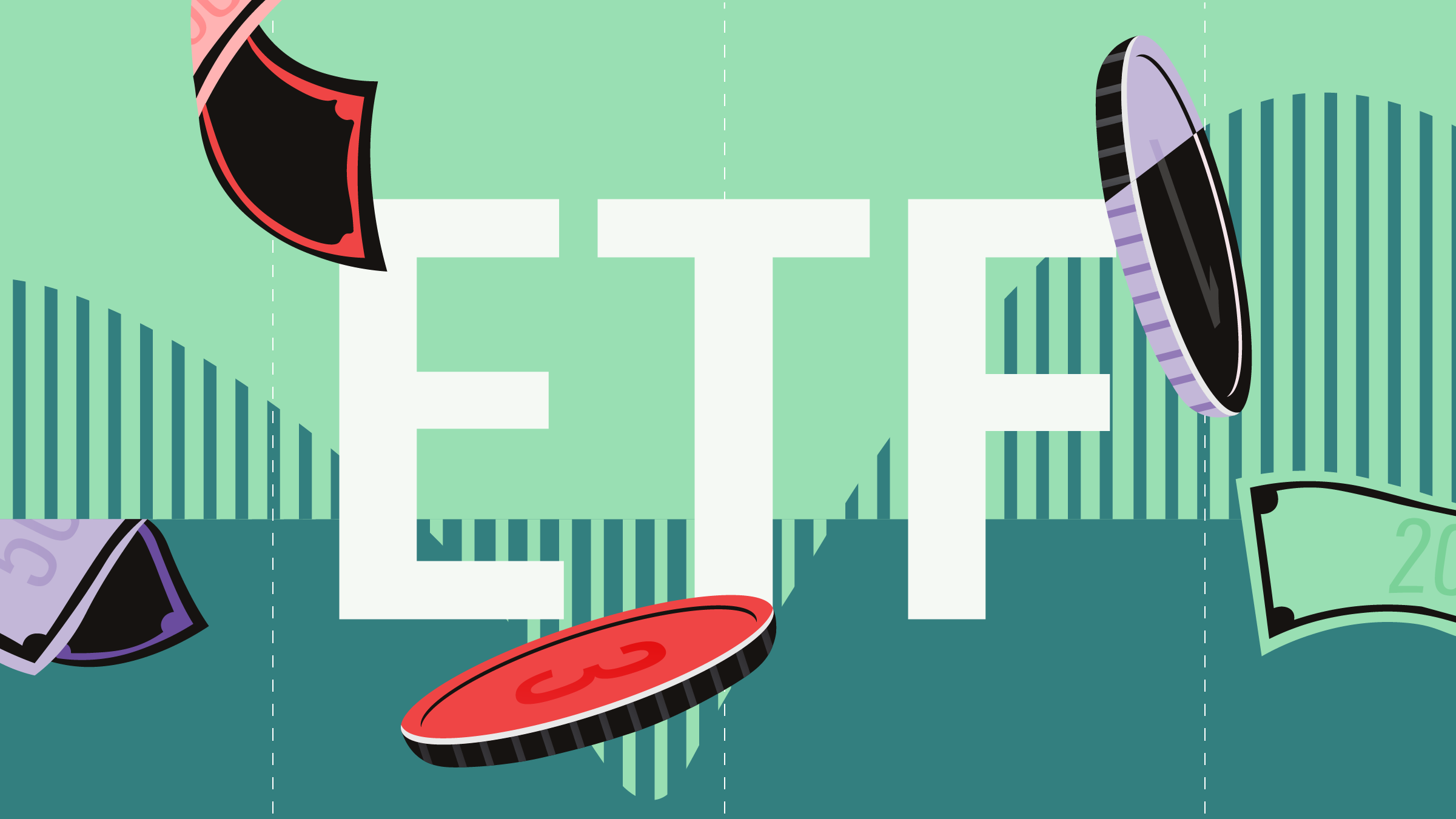
Exchange-traded funds are known for making investing simpler. But buying an ETF that invests in non-Canadian stocks can complicate things.
Understandably, few investors pay attention to the inner workings of their ETFs. But depending on the kind of US or international stock ETFs in a portfolio, withholding taxes on foreign stocks can take a much heftier bite out of returns than fees. For this reason, exposure to withholding taxes can be an important consideration for whether its best to hold a non-Canadian stock ETF in a taxable or non-taxable account.
Withholding taxes on ETF holdings can range from nothing to 0.69%, depending on three key factors: the type of fund, the type of account in which the fund is held, and the level of withholding tax. (Withholding taxes apply to any type of investment vehicle.) "Because these taxes are withheld before the dividends are paid in cash, they often go unnoticed," noted a PWL Capital study.
How do Withholding Taxes on Stock ETFs Work?
There are four basic scenarios for ETFs:
- US stocks held through a Canada-listed ETF
- US stocks held through a US-listed ETF
- Foreign stocks (international and emerging markets) held through a Canada-listed ETF
- Foreign stocks held through a US-listed ETF
Withholding taxes can be applied at two levels. Level 1 taxes are levied by the countries where the stocks reside, whether in the US or overseas. “All Canadian-listed ETFs or mutual funds seeking exposure to equities south of the border are subject to the same level of withholding tax regardless of whether the ETF invests directly in US stocks, or indirectly via a US or another Canadian ETF,” says BlackRock. “This withholding tax will apply regardless of whether the investor holds the Canadian ETF product in a taxable or non-taxable account.” However, “Canadian and US-listed ETFs held in a taxable account are generally eligible for tax credits that can reduce the effect of withholding tax paid.”
Many investors will come across Level 2 withholding taxes when investing in ETFs focused on US stocks. Known as a “wrap,” those ETFs don’t directly own US stocks; instead, they hold shares of a US-listed ETF. (Investors can easily see this by checking the ETF’s portfolio holdings.) These withholding taxes can also apply to ETFs with stocks from countries outside the United States.
“When stocks are held indirectly through a Canada-listed ETF that invests in a US-listed ETF, 15% of the dividend is withheld by the US-listed ETF,” Vanguard notes. “The Canada-listed ETF will receive the dividend net of the withholding tax amount.” While these tax rules apply to non-Canadian stock funds, they do not apply to US bond ETFs. However, ETFs with bond investments from other countries may be subject to withholding taxes.
The following figure details how much withholding taxes will cost, according to the type of account in which the assets are held.
What Accounts Work Best for US Stock ETFs?
The withholding tax on non-Canadian stock ETFs means investors can maximize their returns – and minimize tax-time complications – by considering the tax status of their investment account.
Overall, the best place to hold US, international, and emerging-market stocks through ETFs is in a taxable account, according to Morningstar manager research analyst Lan Anh Tran. This might seem like a paradox, given the tax implications, but withholding taxes on US stocks can be recovered. “In a taxable account, one layer of withholding tax can always be recovered because of the foreign tax credit,” she says. “The tricky part for developed-market and emerging-market stocks is how many layers of witholding tax there are. If you must hold such stocks, a taxable account with Canadian-listed ETFs holding those stocks directly has the least withholding tax.”
However, many investors don’t harbor a straight taxable account, but rather invest through a Registered Retirement Savings Plan or a Tax-Free Savings Account. An RRSP is more advantageous than a taxable account in one case: holding US-listed ETFs.“Your withholding tax will be zero percent here because the US recognizes the tax-free status of RRSP accounts, but not of TFSA or Registered Education Savings Plan accounts,” Tran says.
Justin Bender of PWL Capital notes the impact on returns: “Holding a US-based US equity ETF in your RRSP or RRIF exempts all dividends from the 15% US withholding tax. Based on the current US equity dividend yield of 1.8%, this should save you around 0.3% per year.”
For investors who decide to own an ETF through a TFSA/RESP, the best option is a Canadian-listed ETF that directly holds foreign securities.Tran says this will be a less costly route for withholding taxes.
Of course, all rules have exceptions, especially in the arcane world of taxation, hinging on one’s tax bracket, ETF specifics, amounts invested, and more. The investment vehicle could matter more than the tax account. For example, investors could be better off holding foreign stocks in a US-listed ETF of foreign stocks than through a Canada-listed one, suggests Daniel Straus, ETFs and financial products research director at National Bank of Canada Financial Markets. “Many US-listed ETFs are so large and liquid, and charge such low fees, you might be better off with such holdings,” he says. “Yes, there are two layers of withholding taxes, but the amount of tax foregone might be smaller than the fee differential and the slippage [in stock tracking]. That was particularly the case with some Vanguard ETFs -- the scale and efficiency were larger than the foregone taxes.”




















